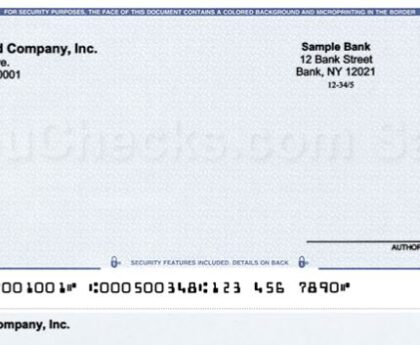In the realm of real estate, the term “lien marking” may not be as commonly discussed as buying a home or securing a mortgage. However, it plays a pivotal role in property transactions, ensuring the protection of both buyers and sellers. In this comprehensive guide, we will delve into the world of lien marking, shedding light on its significance and how it affects property ownership and real estate deals.
What Is Lien Marking?
Before we explore its significance, let’s define what lien marking is. A lien, in legal terms, is a claim that someone has on a property as security for a debt or other financial obligation. Lien marking involves recording or noting these claims on the property’s title or in official public records, making them visible to anyone conducting due diligence on the property.
The Role of Lien Marking in Property Ownership
Lien marking serves several crucial purposes in property ownership and real estate transactions:
1. Transparency and Disclosure
Lien marking ensures transparency in property transactions. When potential buyers or investors research a property, they can access information about any existing liens. This disclosure prevents surprises down the road, such as discovering hidden debts or legal claims against the property.
2. Creditor Protection
For creditors who have provided financing secured by a property, lien marking is vital. It gives them a legal claim to the property in case the borrower defaults on the loan. This protection encourages lenders to offer loans at competitive rates, benefiting buyers and sellers alike.
3. Priority and Order
Lien marking establishes the order of priority for multiple claims against a property. In the event of foreclosure or sale, lienholders are typically paid in the order in which their claims were recorded. This legal hierarchy ensures that each party’s interests are respected.
Lien Marking in Real Estate Transactions
In a typical real estate transaction, lien marking plays a significant role:
1. Due Diligence
Buyers conduct due diligence to investigate the property’s history, title, and any outstanding liens. This process is crucial to assess the property’s marketability and uncover any potential issues that may affect the transaction.
2. Title Insurance
Title insurance is often a requirement in real estate transactions. It provides protection against any undiscovered liens or defects in the title. Lien marking helps title insurance companies assess the property’s risk accurately.
3. Negotiation and Closing
Knowledge of existing liens can impact the negotiation process. Sellers may need to satisfy outstanding debts or negotiate with lienholders to clear the property’s title before closing the deal.
Conclusion
Lien marking may not be the most visible aspect of property ownership and real estate transactions, but its significance cannot be overstated. It ensures transparency, protects creditors’ interests, and establishes a clear order of priority in property claims.
For buyers, sellers, lenders, and investors, understanding lien marking is essential. It safeguards investments, prevents surprises, and allows for smoother, more secure real estate transactions. When embarking on any property transaction, remember that lien marking is a fundamental element that helps maintain the integrity and fairness of the real estate market.




